Foligno
In addition to the Cathedral of San Feliciano, the historic centre of Foligno is characterized by Palazzo Trinci, the residence of the family that ruled the town between 1305 and 1439. The loggia is frescoed with the history of the foundation of Rome, the chapel is entirely decorated by Ottaviano Nelli with frescoes on the theme of the Stories of the Virgin. In the Hall of Arts and Planets the frescoes, attributed to Gentile da Fabriano, illustrate the liberal arts (Rhetoric, Arithmetic, Astronomy, Geometry, Music, Dialectics, Grammar combined with Philosophy), the seven planets and the seven ages of man. In the Hall of the Emperors or the Giants the paintings are dedicated to the greatness of Rome. The Palace also has a collection of archaeological finds.
21404_5373.jpg
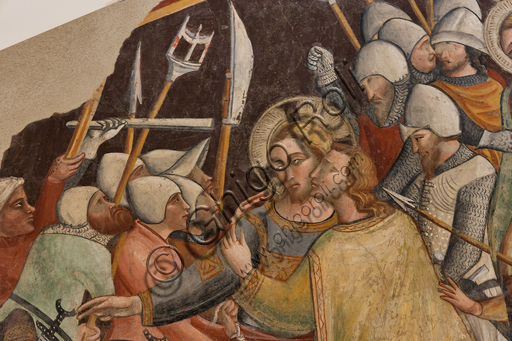
Foligno, Trinci Palace: Capture of Christ, by Master of the...
add to lightbox
21404_5370.jpg
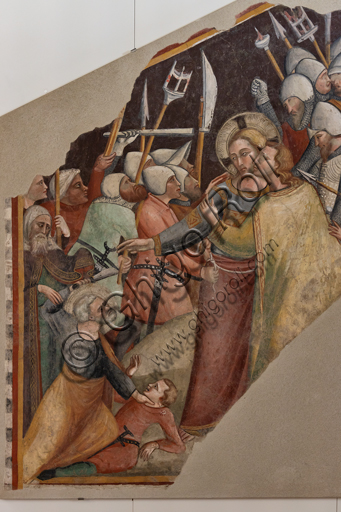
Foligno, Trinci Palace: Capture of Christ, by Master of the...
add to lightbox
21404_5365.jpg
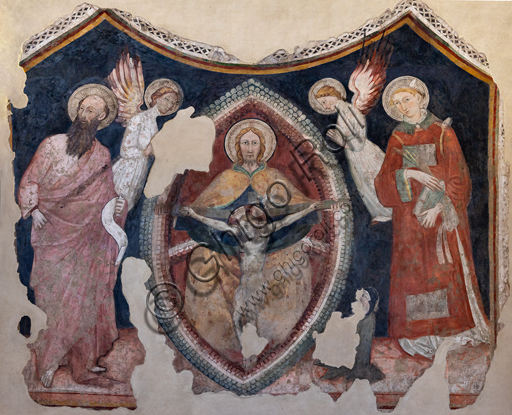
Foligno, Trinci Palace: Trinity inside vesica piscis, St Pa...
add to lightbox
21404_5363.jpg
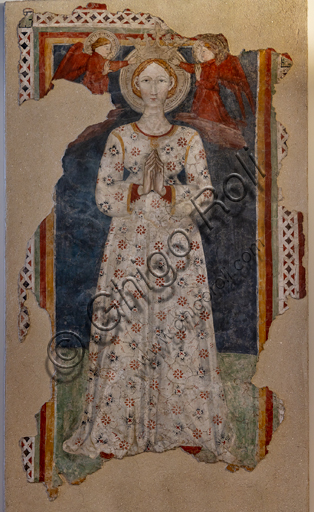
Foligno, Trinci Palace: Virgin Mary crowned by angels, deta...
add to lightbox
21404_5359.jpg
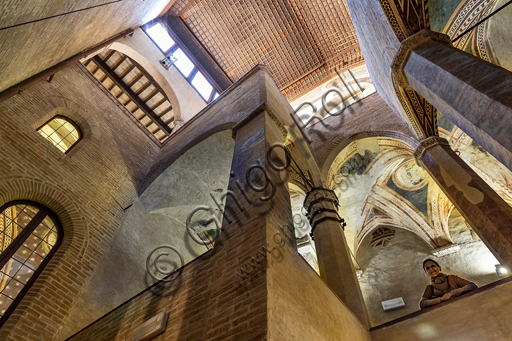
Foligno, Trinci Palace: Gothic stairway, XIII - XIV th cent...
add to lightbox
21404_5355.jpg
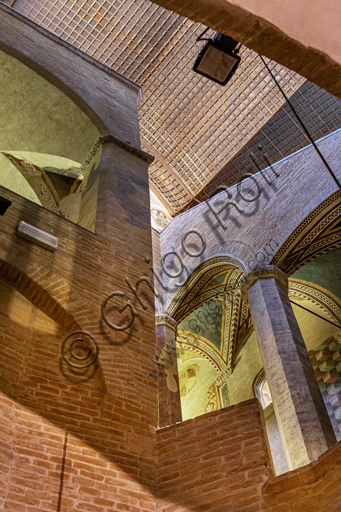
Foligno, Trinci Palace: Gothic stairway, XIII - XIV th cent...
add to lightbox
21404_5352.jpg
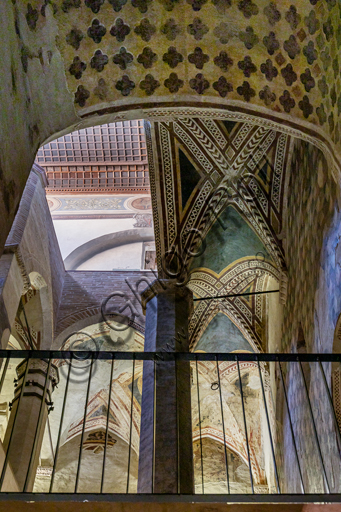
Foligno, Trinci Palace: Gothic stairway, XIII - XIV th cent...
add to lightbox
21404_5348.jpg
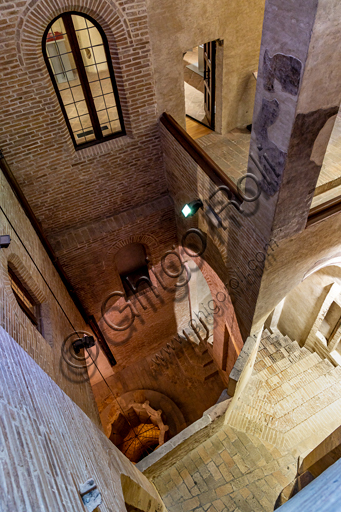
Foligno, Trinci Palace: Gothic staircase and cloister, XIII...
add to lightbox
21404_5344.jpg
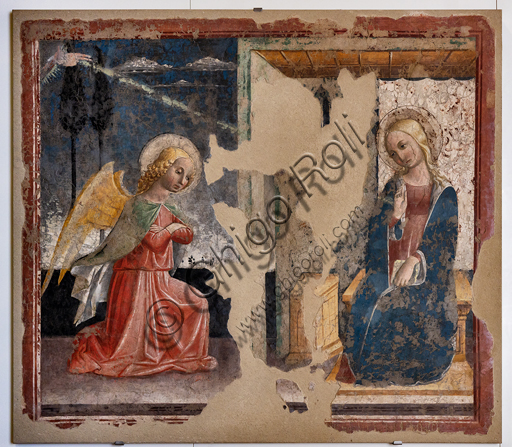
Foligno, Trinci Palace: Annunciation, detached fresco by Ni...
add to lightbox
21404_5340.jpg
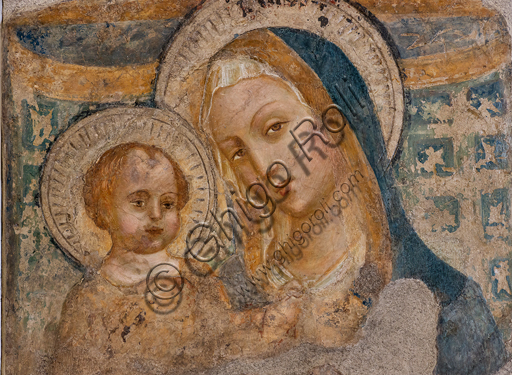
Foligno, Trinci Palace: Madonna and Infant Jesus, detached...
add to lightbox
21404_5336.jpg
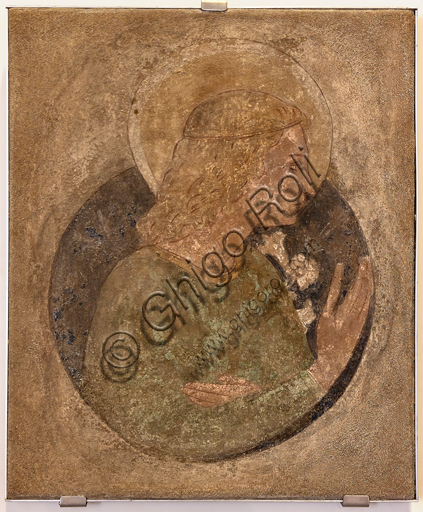
Foligno, Trinci Palace: Announcing Angel, detached fresco b...
add to lightbox
21404_5331.jpg
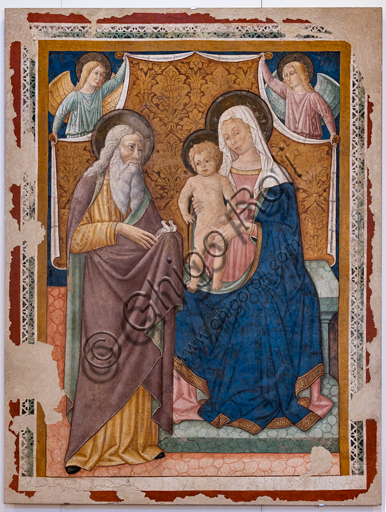
Foligno, Trinci Palace: Madonna and Infant Jesus and St. Si...
add to lightbox
21404_5328.jpg
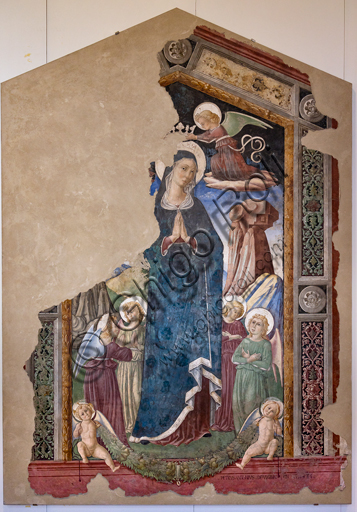
Foligno, Trinci Palace: Madonna crowned by angels, detached...
add to lightbox
21404_5325.jpg
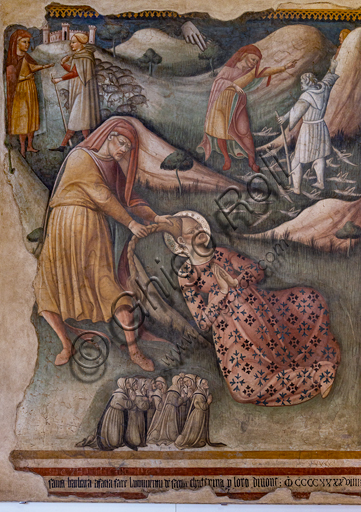
Foligno, Trinci Palace: Madonna of Loreto, Martyrdom of St....
add to lightbox
21404_5318.jpg
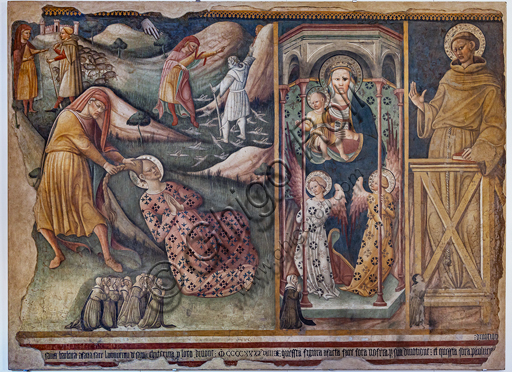
Foligno, Trinci Palace: Madonna of Loreto, Martyrdom of St....
add to lightbox
21404_5304.jpg

Foligno, Trinci Palace: mythological frieze on the Neoplato...
add to lightbox
21404_5299.jpg
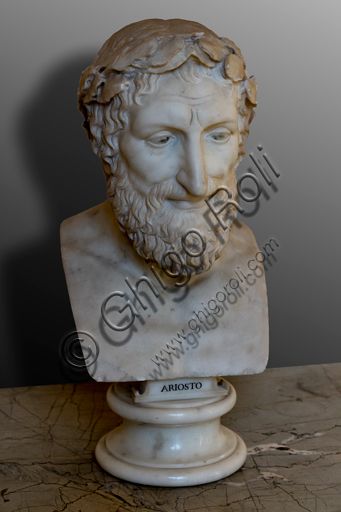
Foligno, Trinci Palace: marble bust representing Ludovico A...
add to lightbox
21404_5294.jpg
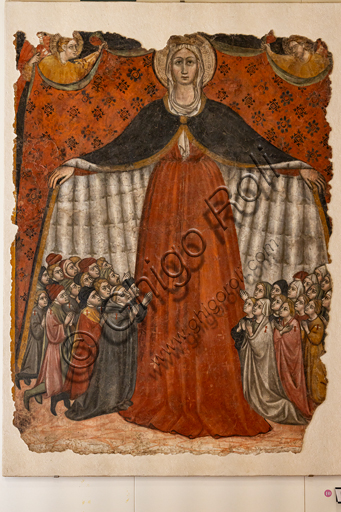
Foligno, Trinci Palace: Our Lady of Mercy, by Giovanni di C...
add to lightbox
21404_5293.jpg
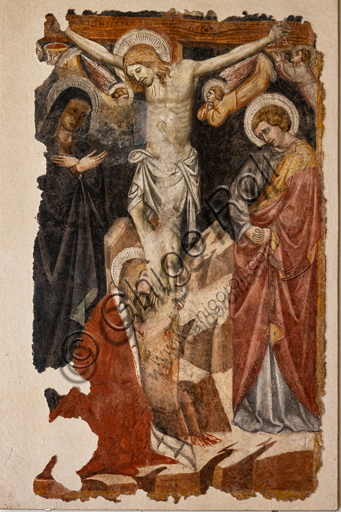
Foligno, Trinci Palace: Crucifixion, by Giovanni di Corradu...
add to lightbox
21404_5285.jpg
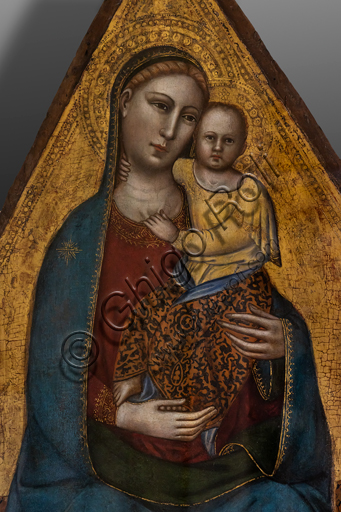
Foligno, Trinci Palace: Enthroned Madonna and Infant Jesus,...
add to lightbox
21404_5284.jpg
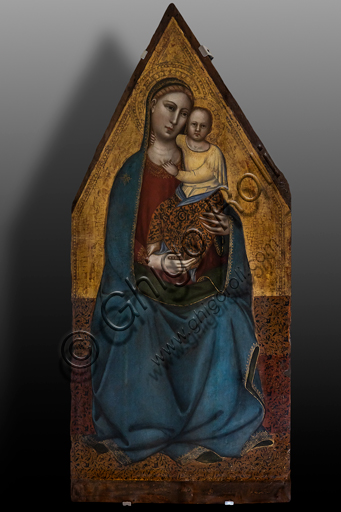
Foligno, Trinci Palace: Enthroned Madonna and Infant Jesus,...
add to lightbox
21404_5282.jpg
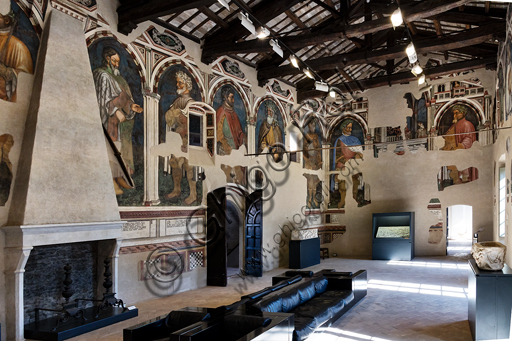
Foligno, Trinci Palace: view of the Hall of Giants (or of t...
add to lightbox
21404_5276.jpg
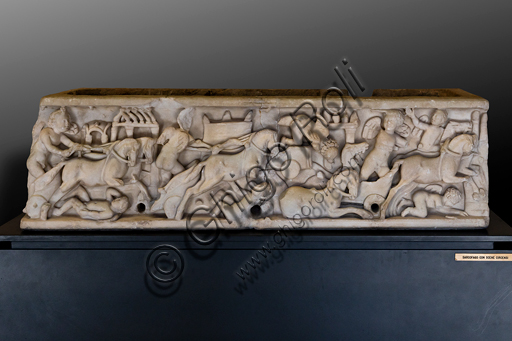
Foligno, Trinci Palace, Archaelogical Collection: sarcophag...
add to lightbox
21404_5272.jpg
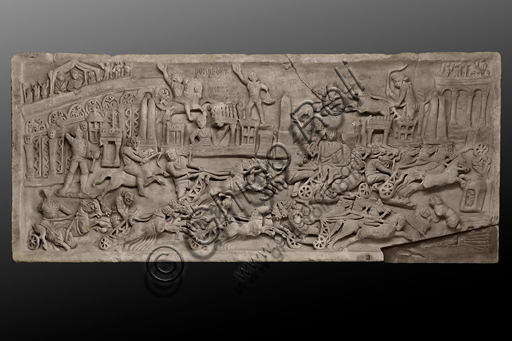
Foligno, Trinci Palace, Archaelogical Collection: slab with...
add to lightbox
21404_5267.jpg
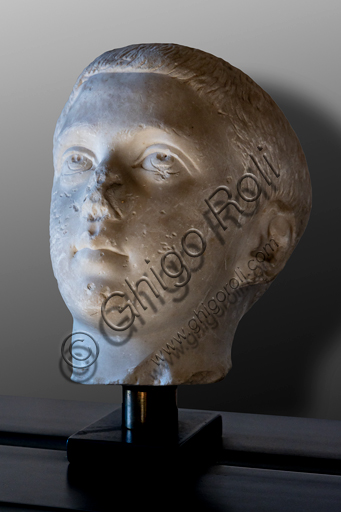
Foligno, Trinci Palace, Archaelogical Collection: one of th...
add to lightbox
21404_5264.jpg
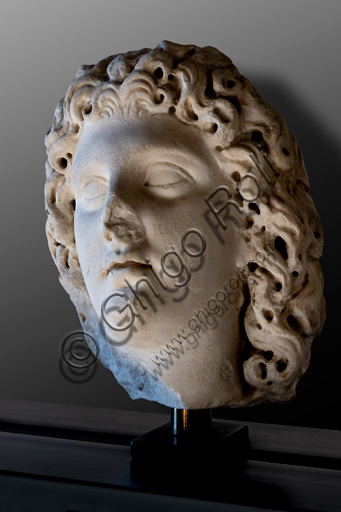
Foligno, Trinci Palace, Archaelogical Collection: one of th...
add to lightbox
21404_5261.jpg
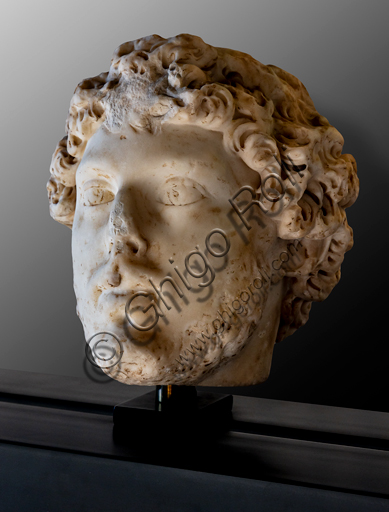
Foligno, Trinci Palace, Archaelogical Collection: one of th...
add to lightbox
21404_5258.jpg
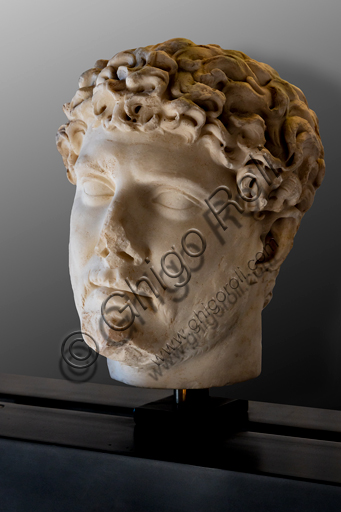
Foligno, Trinci Palace, Archaelogical Collection: one of th...
add to lightbox
21404_5256.jpg
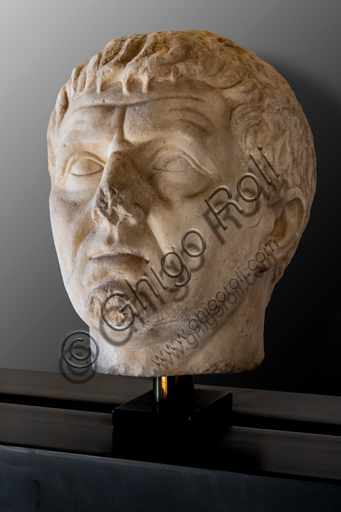
Foligno, Trinci Palace, Archaelogical Collection: one of th...
add to lightbox
21404_5251.jpg
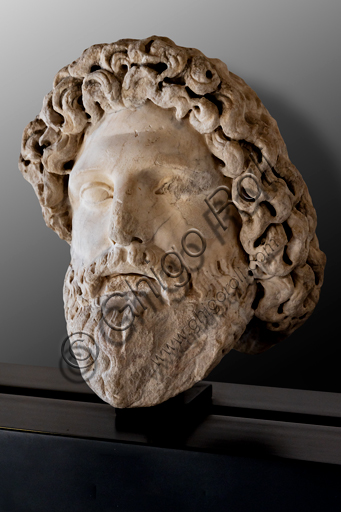
Foligno, Trinci Palace, Archaelogical Collection: one of th...
add to lightbox
21404_5250.jpg
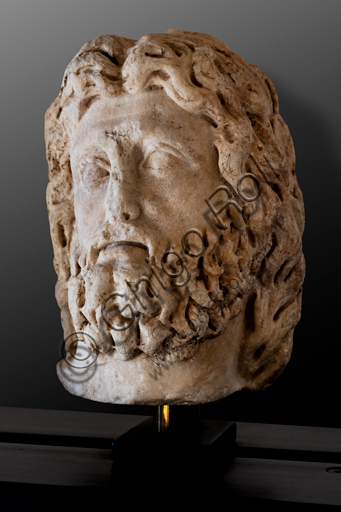
Foligno, Trinci Palace, Archaelogical Collection: one of th...
add to lightbox
21404_5243.jpg
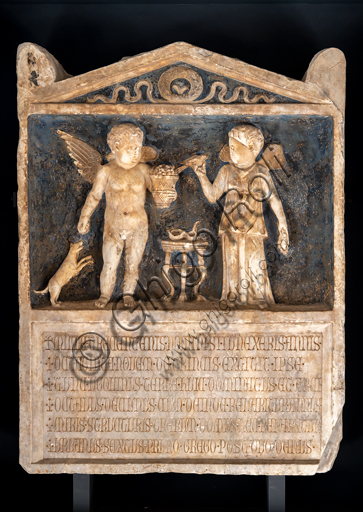
Foligno, Trinci Palace, Archaelogical Collection: marble st...
add to lightbox
21404_5240.jpg
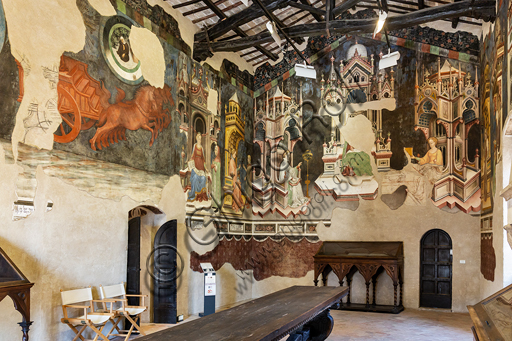
Foligno, Trinci Palace: The Hall of Liberal Arts and Plane...
add to lightbox
21404_5238.jpg
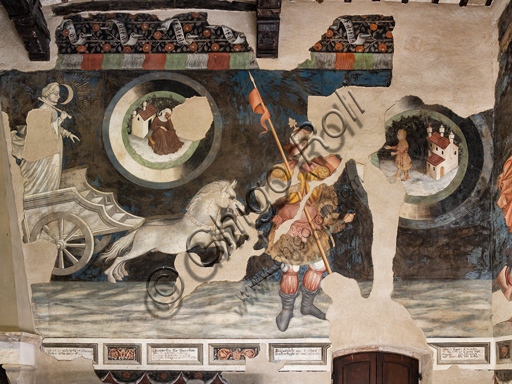
Foligno, Trinci Palace: The Hall of Liberal Arts and Plane...
add to lightbox
21404_5233.jpg
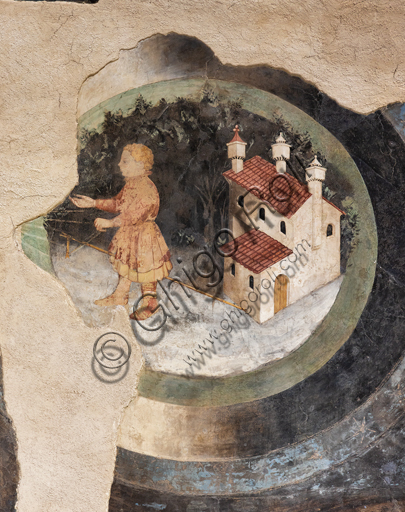
Foligno, Trinci Palace: The Hall of Liberal Arts and Plane...
add to lightbox
21404_5231.jpg
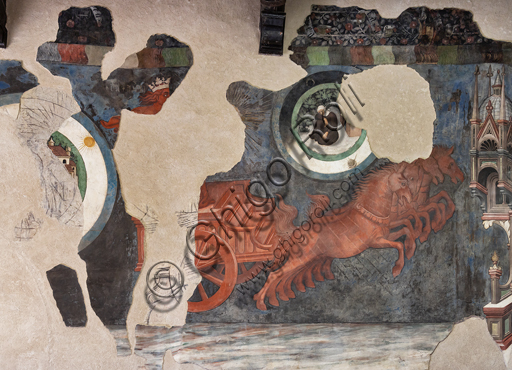
Foligno, Trinci Palace: The Hall of Liberal Arts and Plane...
add to lightbox
21404_5229.jpg
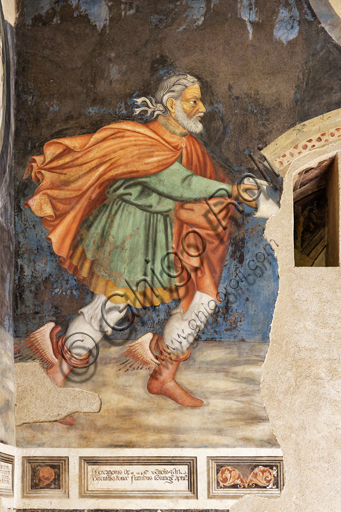
Foligno, Trinci Palace: The Hall of Liberal Arts and Plane...
add to lightbox
21404_5225.jpg
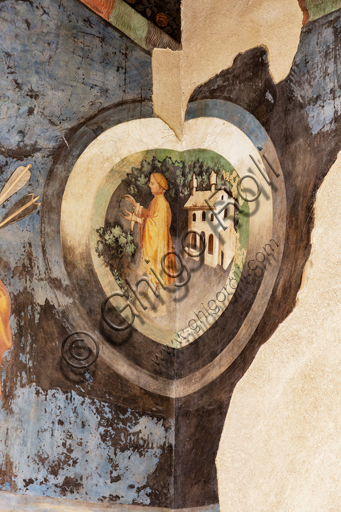
Foligno, Trinci Palace: The Hall of Liberal Arts and Plane...
add to lightbox
21404_5223.jpg
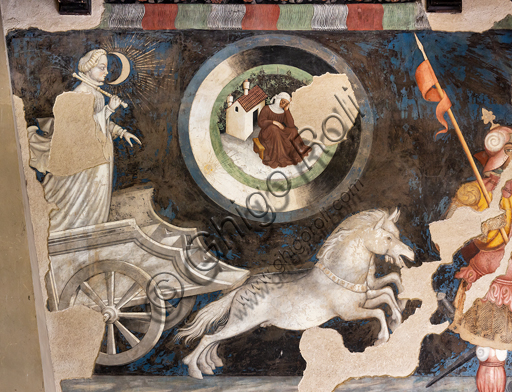
Foligno, Trinci Palace: The Hall of Liberal Arts and Plane...
add to lightbox
21404_5219.jpg
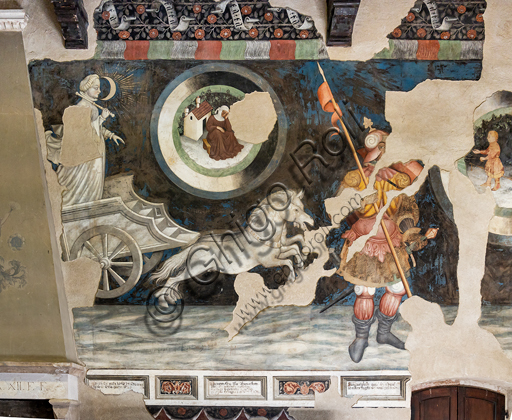
Foligno, Trinci Palace: The Hall of Liberal Arts and Plane...
add to lightbox
21404_5214.jpg
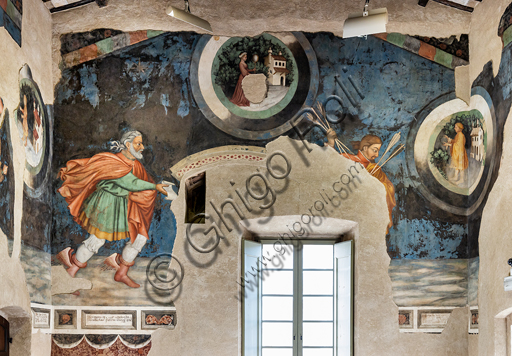
Foligno, Trinci Palace: The Hall of Liberal Arts and Plane...
add to lightbox
21404_5210.jpg
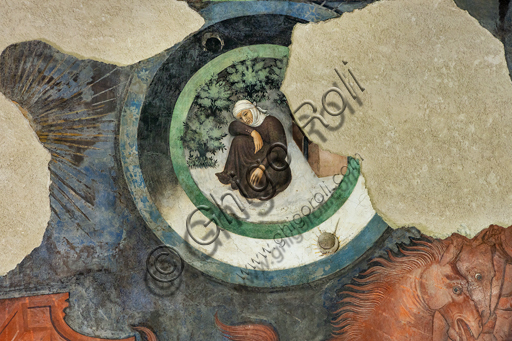
Foligno, Trinci Palace: The Hall of Liberal Arts and Plane...
add to lightbox
21404_5205.jpg
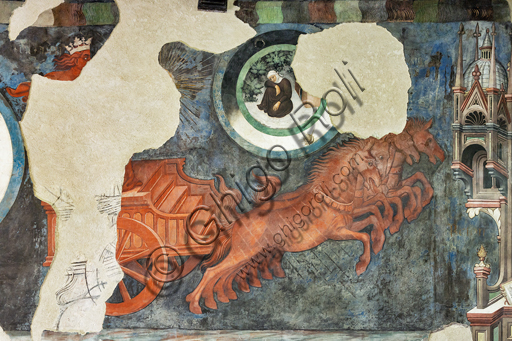
Foligno, Trinci Palace: The Hall of Liberal Arts and Plane...
add to lightbox
21404_5203.jpg
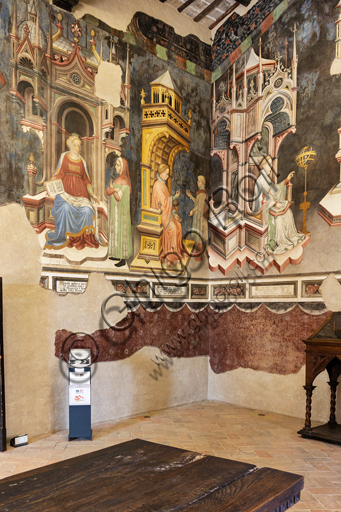
Foligno, Trinci Palace: The Hall of Liberal Arts and Plane...
add to lightbox
21404_5200.jpg
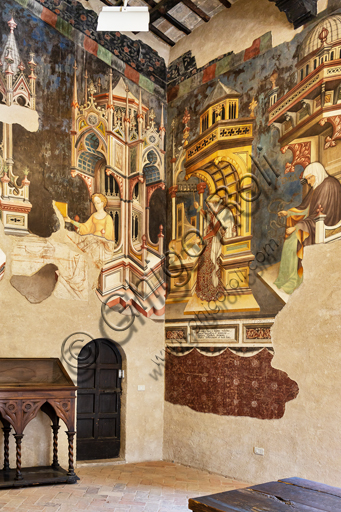
Foligno, Trinci Palace: The Hall of Liberal Arts and Plane...
add to lightbox
21404_5196.jpg
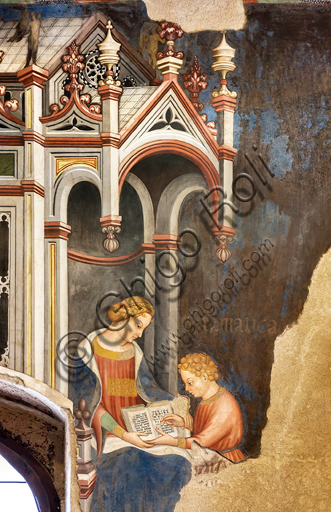
Foligno, Trinci Palace: The Hall of Liberal Arts and Plane...
add to lightbox
21404_5192.jpg
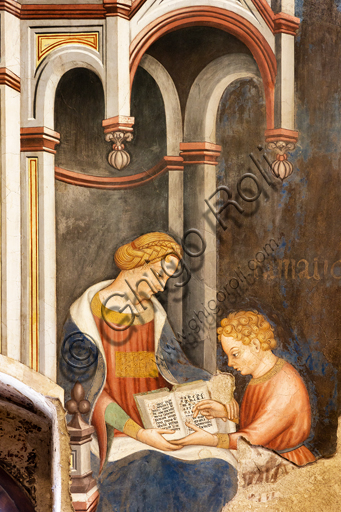
Foligno, Trinci Palace: The Hall of Liberal Arts and Plane...
add to lightbox
21404_5189.jpg
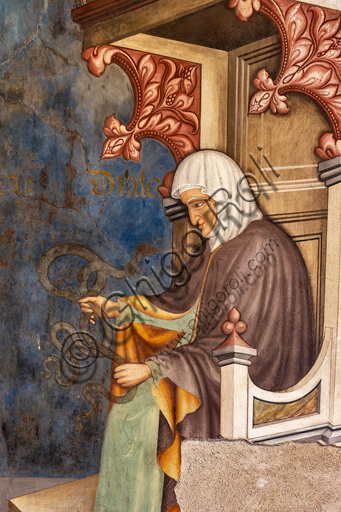
Foligno, Trinci Palace: The Hall of Liberal Arts and Plane...
add to lightbox
21404_5188.jpg
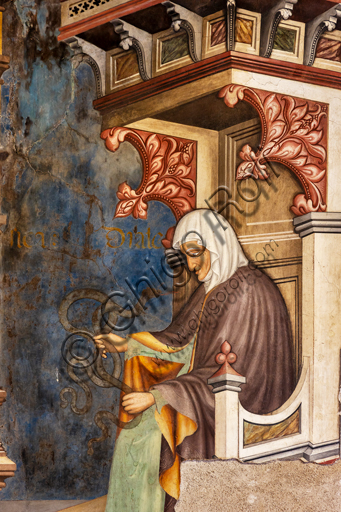
Foligno, Trinci Palace: The Hall of Liberal Arts and Plane...
add to lightbox
21404_5184.jpg
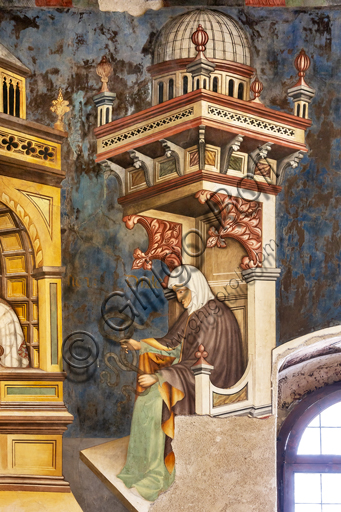
Foligno, Trinci Palace: The Hall of Liberal Arts and Plane...
add to lightbox
21404_5179.jpg
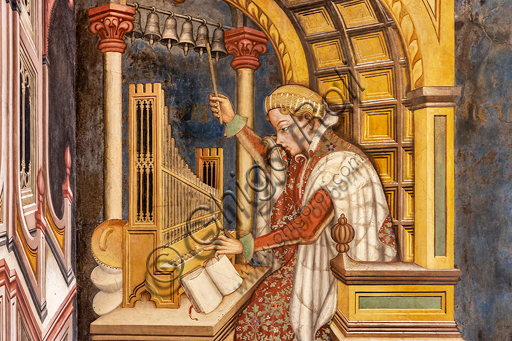
Foligno, Trinci Palace: The Hall of Liberal Arts and Plane...
add to lightbox
21404_5177.jpg
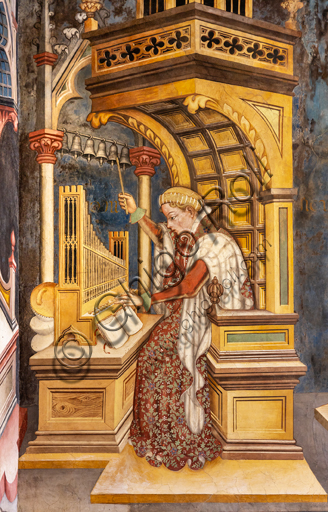
Foligno, Trinci Palace: The Hall of Liberal Arts and Plane...
add to lightbox
21404_5174.jpg
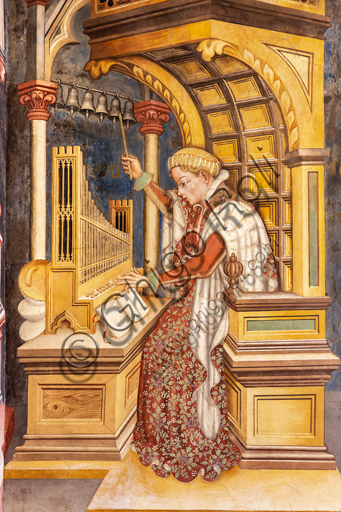
Foligno, Trinci Palace: The Hall of Liberal Arts and Plane...
add to lightbox
21404_5170.jpg
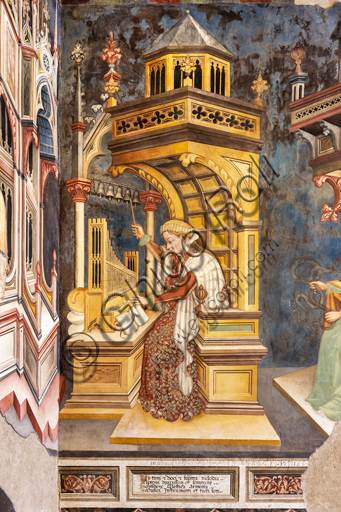
Foligno, Trinci Palace: The Hall of Liberal Arts and Plane...
add to lightbox
21404_5166.jpg
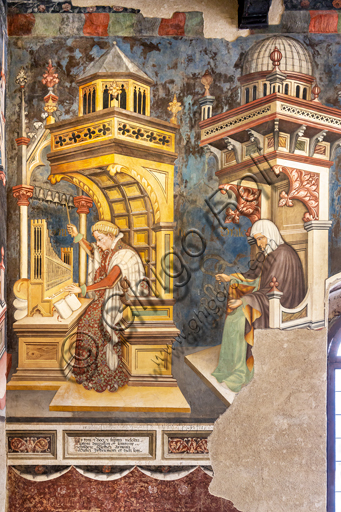
Foligno, Trinci Palace: The Hall of Liberal Arts and Plane...
add to lightbox
21404_5161.jpg
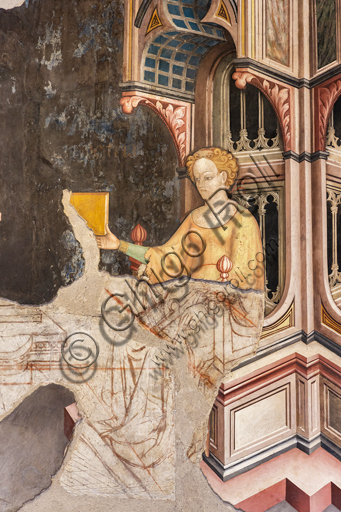
Foligno, Trinci Palace: The Hall of Liberal Arts and Plane...
add to lightbox
21404_5159.jpg
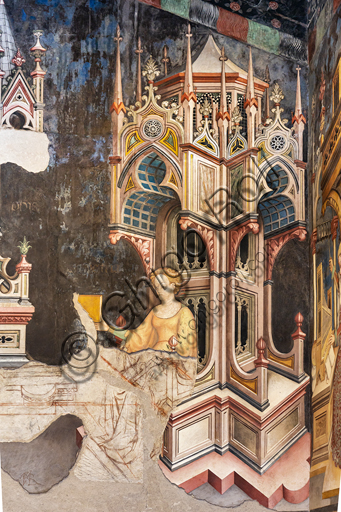
Foligno, Trinci Palace: The Hall of Liberal Arts and Plane...
add to lightbox
21404_5152.jpg
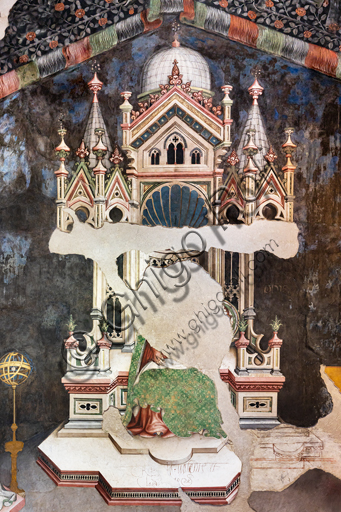
Foligno, Trinci Palace: The Hall of Liberal Arts and Plane...
add to lightbox
21404_5147.jpg
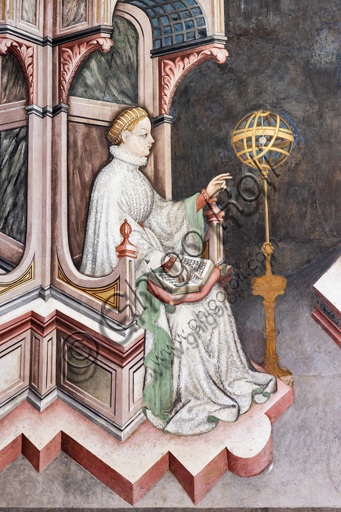
Foligno, Trinci Palace: The Hall of Liberal Arts and Plane...
add to lightbox
21404_5146.jpg
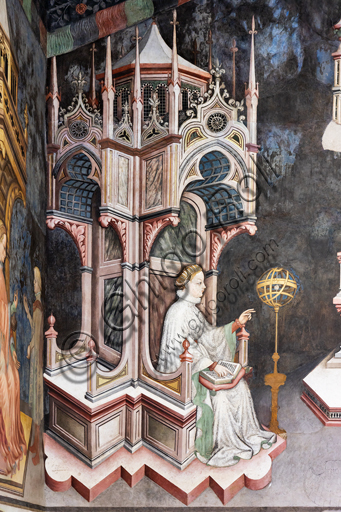
Foligno, Trinci Palace: The Hall of Liberal Arts and Plane...
add to lightbox
21404_5141.jpg
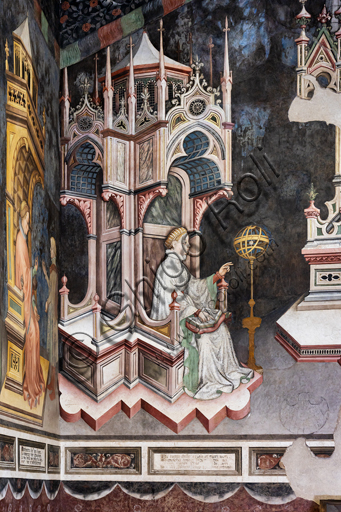
Foligno, Trinci Palace: The Hall of Liberal Arts and Plane...
add to lightbox
21404_5137.jpg
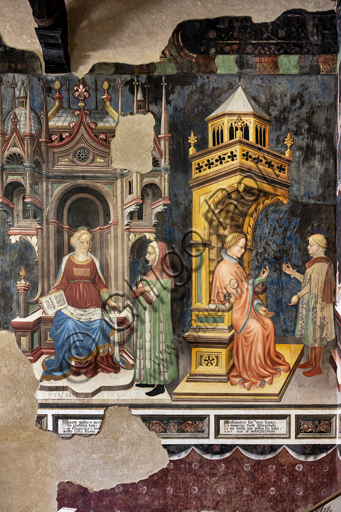
Foligno, Trinci Palace: The Hall of Liberal Arts and Plane...
add to lightbox
21404_5135.jpg
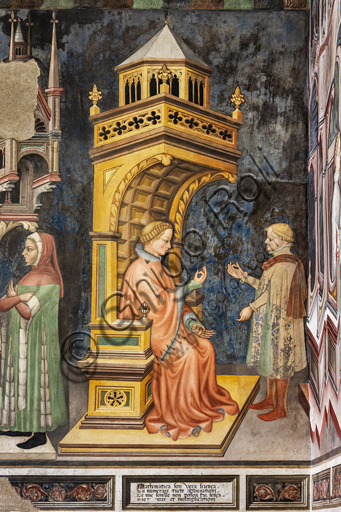
Foligno, Trinci Palace: The Hall of Liberal Arts and Plane...
add to lightbox
21404_5133.jpg
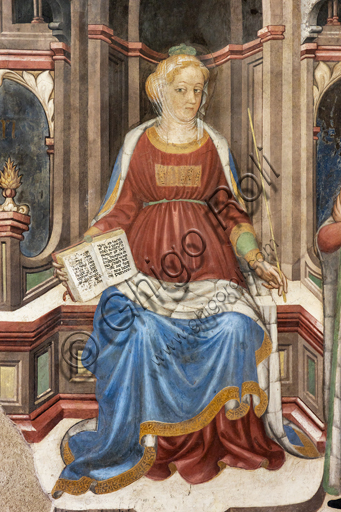
Foligno, Trinci Palace: The Hall of Liberal Arts and Plane...
add to lightbox
21404_5129.jpg
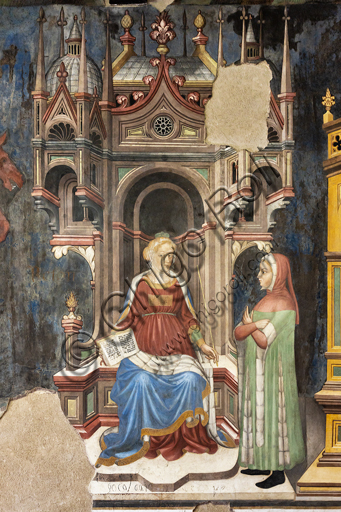
Foligno, Trinci Palace: The Hall of Liberal Arts and Plane...
add to lightbox
21404_5126.jpg
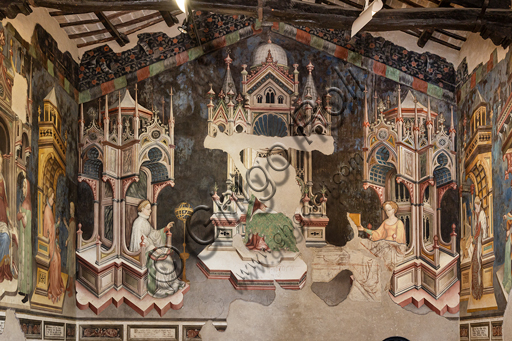
Foligno, Trinci Palace: The Hall of Liberal Arts and Plane...
add to lightbox
21404_5121.jpg
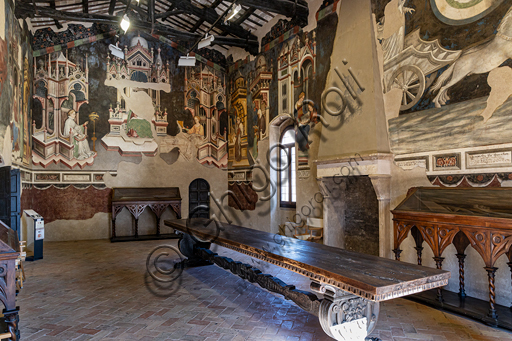
Foligno, Trinci Palace: The Hall of Liberal Arts and Plane...
add to lightbox
21404_5117.jpg
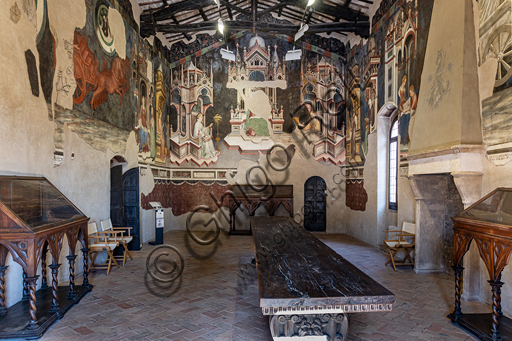
Foligno, Trinci Palace: The Hall of Liberal Arts and Plane...
add to lightbox
21404_5113-16.jpg
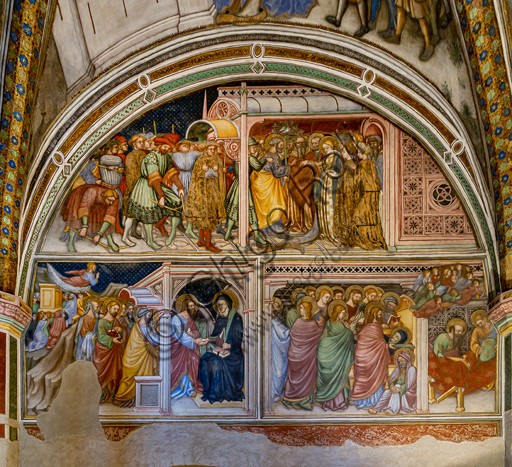
Foligno, Trinci Palace, the chapel: frescoes by Ottaviano N...
add to lightbox
21404_5110-10b.jpg
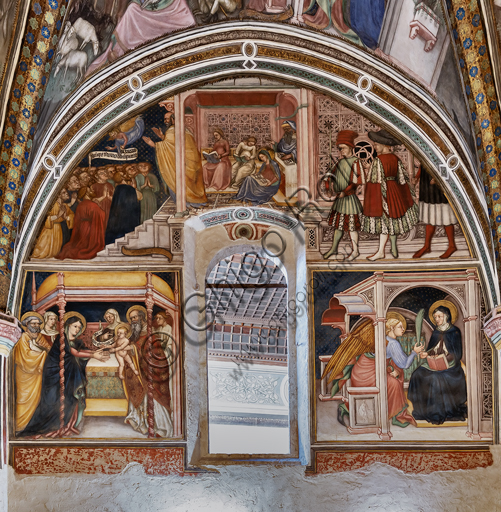
Foligno, Trinci Palace, the chapel: frescoes by Ottaviano N...
add to lightbox
21404_5102.jpg
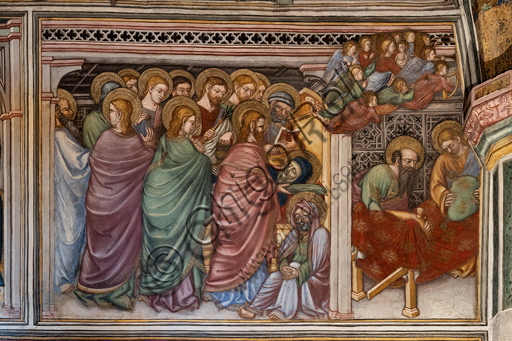
Foligno, Trinci Palace, the chapel: frescoes by Ottaviano N...
add to lightbox
21404_5099.jpg
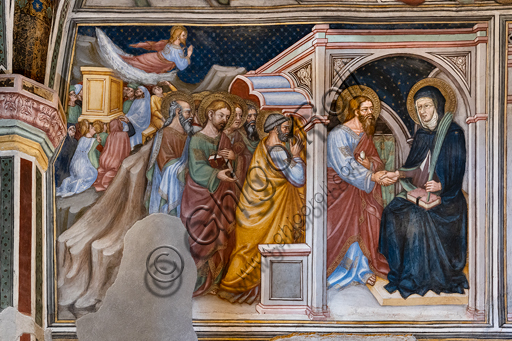
Foligno, Trinci Palace, the chapel: frescoes by Ottaviano N...
add to lightbox
21404_5096.jpg
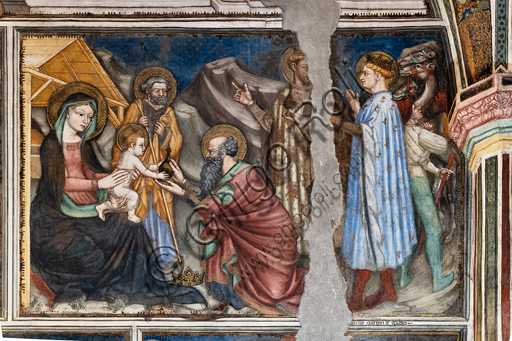
Foligno, Trinci Palace, the chapel: frescoes by Ottaviano N...
add to lightbox
21404_5093.jpg
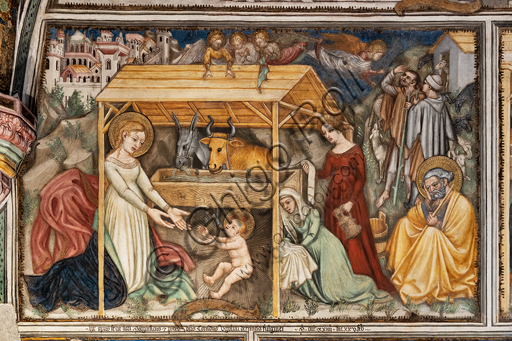
Foligno, Trinci Palace, the chapel: frescoes by Ottaviano N...
add to lightbox
21404_5090.jpg
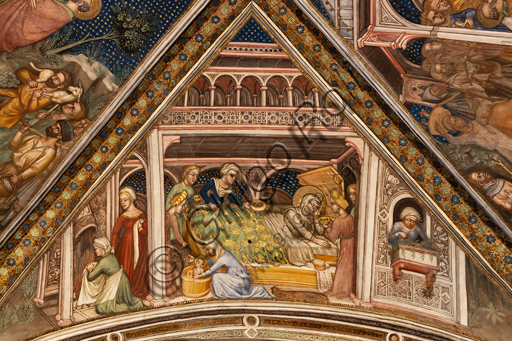
Foligno, Trinci Palace, the chapel: frescoes by Ottaviano N...
add to lightbox
21404_5086.jpg
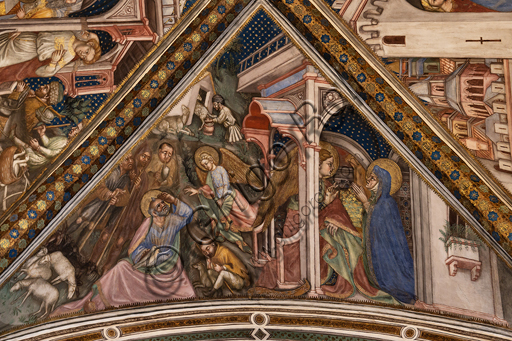
Foligno, Trinci Palace, the chapel: frescoes by Ottaviano N...
add to lightbox
21404_5082.jpg
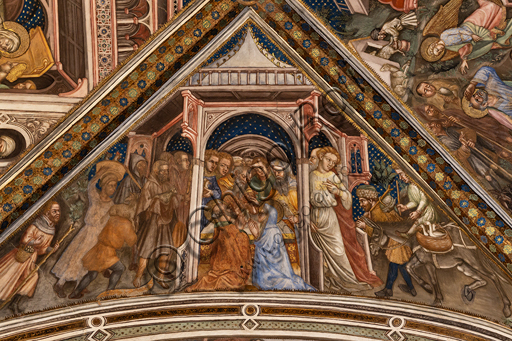
Foligno, Trinci Palace, the chapel: frescoes by Ottaviano N...
add to lightbox
21404_5077.jpg
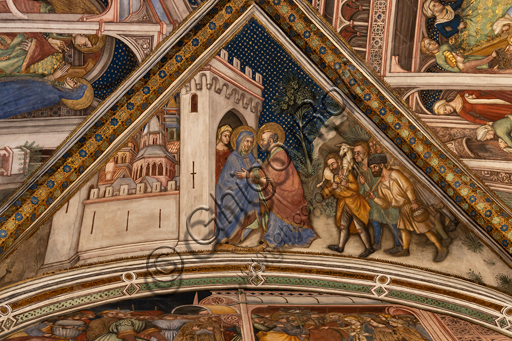
Foligno, Trinci Palace, the chapel: frescoes by Ottaviano N...
add to lightbox
21404_5075.jpg
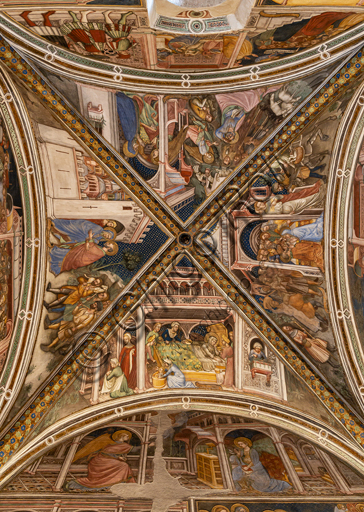
Foligno, Trinci Palace, the chapel: frescoes by Ottaviano N...
add to lightbox
21404_5070.jpg
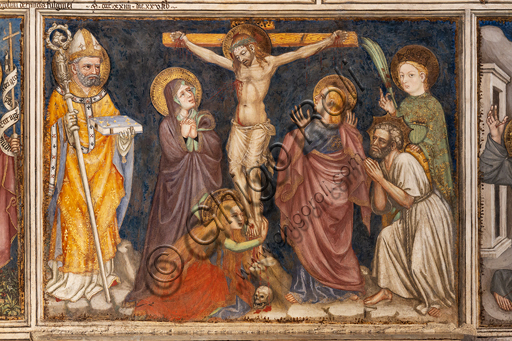
Foligno, Trinci Palace, the chapel: frescoes by Ottaviano N...
add to lightbox
21404_5052.jpg
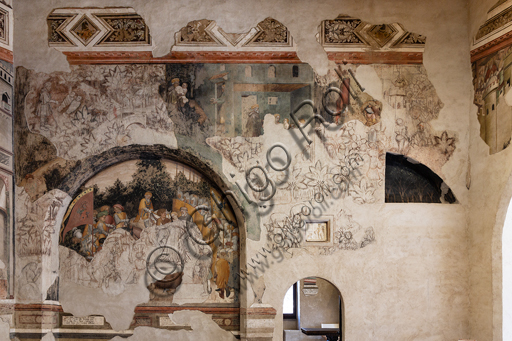
Foligno, Trinci Palace: the Loggia of Romulus and Remus on...
add to lightbox
21404_5048.jpg
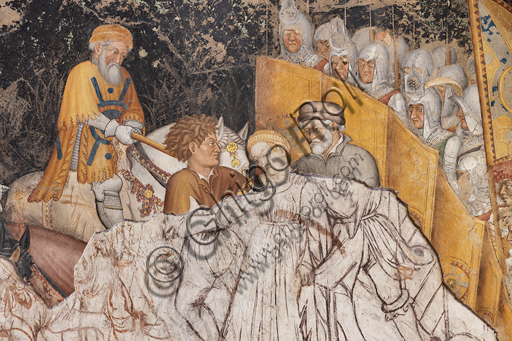
Foligno, Trinci Palace: the Loggia of Romulus and Remus on...
add to lightbox
21404_5037.jpg
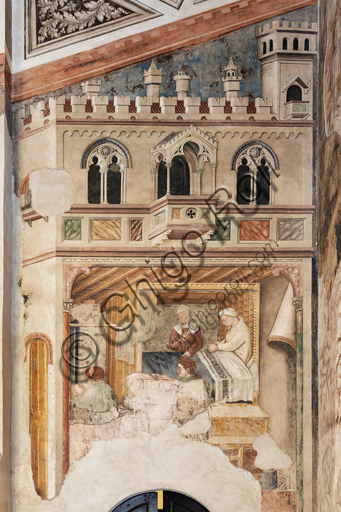
Foligno, Trinci Palace: the Loggia of Romulus and Remus on...
add to lightbox
21404_5032-33.jpg
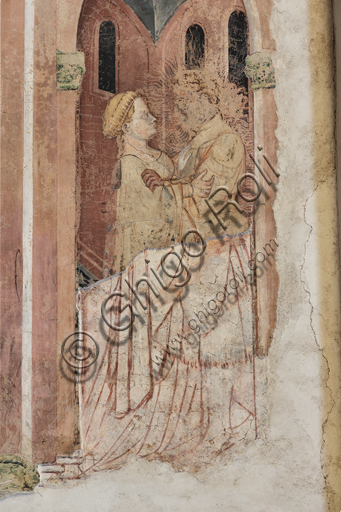
Foligno, Trinci Palace: the Loggia of Romulus and Remus on...
add to lightbox
21404_5028.jpg
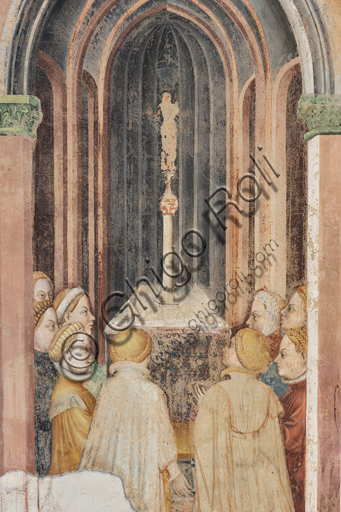
Foligno, Trinci Palace: the Loggia of Romulus and Remus on...
add to lightbox
21404_5027.jpg
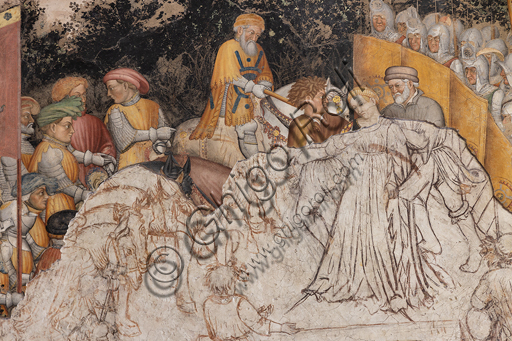
Foligno, Trinci Palace: the Loggia of Romulus and Remus on...
add to lightbox
21404_5022.jpg
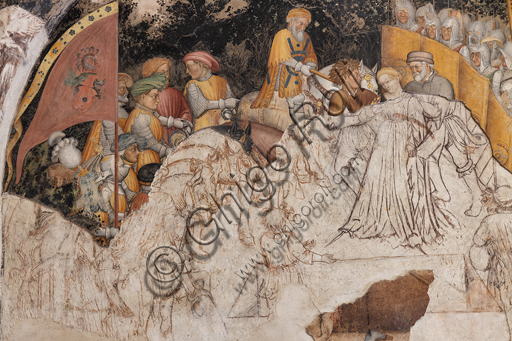
Foligno, Trinci Palace: the Loggia of Romulus and Remus on...
add to lightbox
21404_5020.jpg
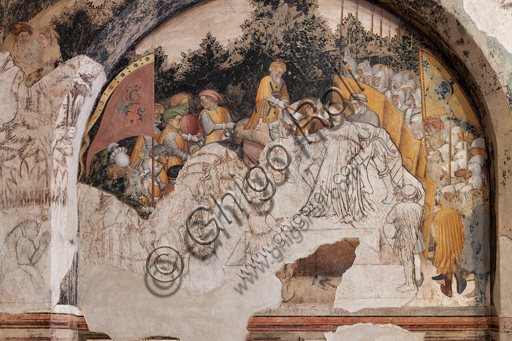
Foligno, Trinci Palace: the Loggia of Romulus and Remus on...
add to lightbox
21404_5016.jpg
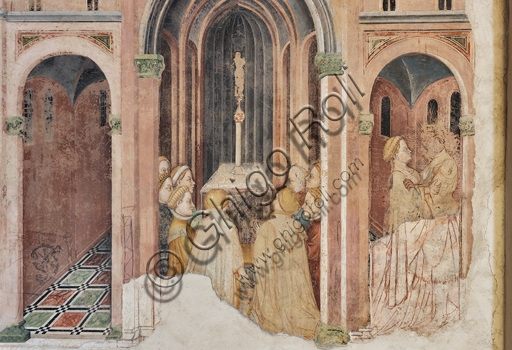
Foligno, Trinci Palace: the Loggia of Romulus and Remus on...
add to lightbox
21404_5011.jpg
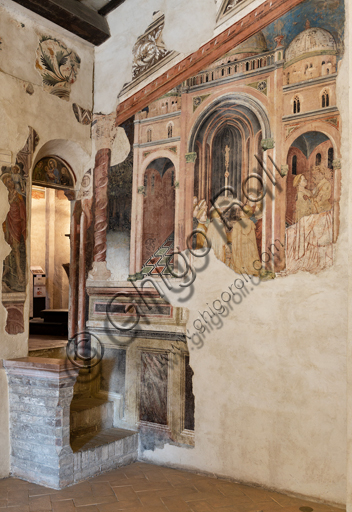
Foligno, Trinci Palace: the Loggia of Romulus and Remus on...
add to lightbox
21404_5008.jpg
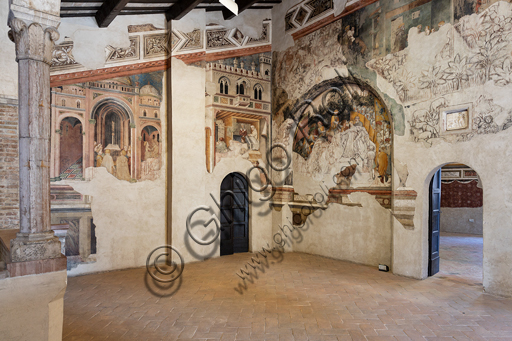
Foligno, Trinci Palace: the Loggia of Romulus and Remus on...
add to lightbox
21404_5002.jpg
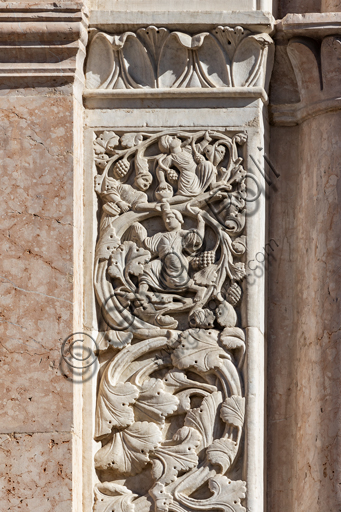
Foligno, Cathedral of St. Feliciano, the façade: the entr...
add to lightbox
21404_5001.jpg
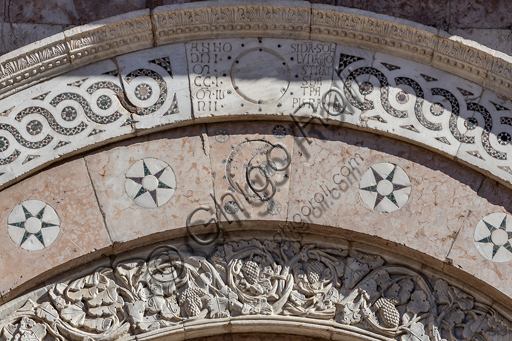
Foligno, Cathedral of St. Feliciano, the façade: the entr...
add to lightbox
21404_4998.jpg
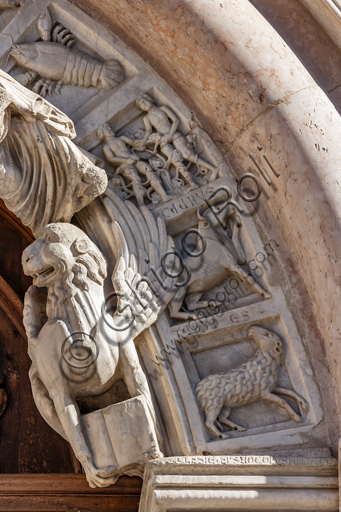
Foligno, Cathedral of St. Feliciano, the façade: the entr...
add to lightbox
21404_4996.jpg
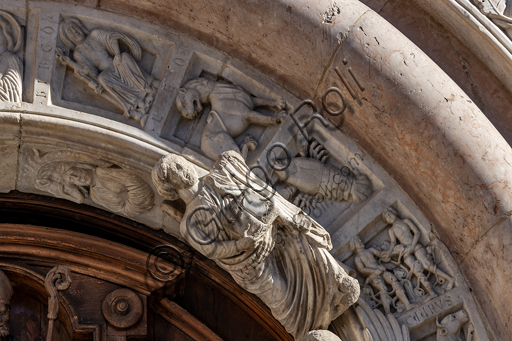
Foligno, Cathedral of St. Feliciano, the façade: the entr...
add to lightbox
21404_4995.jpg
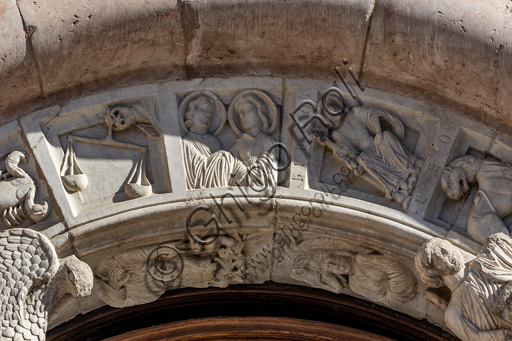
Foligno, Cathedral of St. Feliciano, the façade: the entr...
add to lightbox
21404_4994.jpg
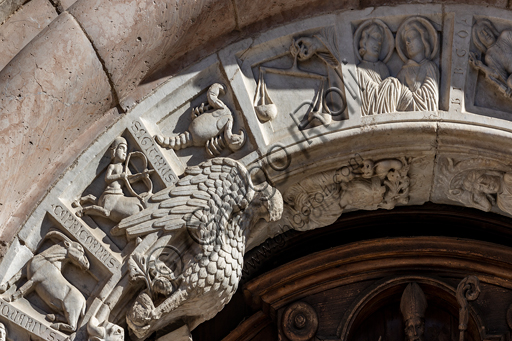
Foligno, Cathedral of St. Feliciano, the façade: the entr...
add to lightbox
21404_4992.jpg
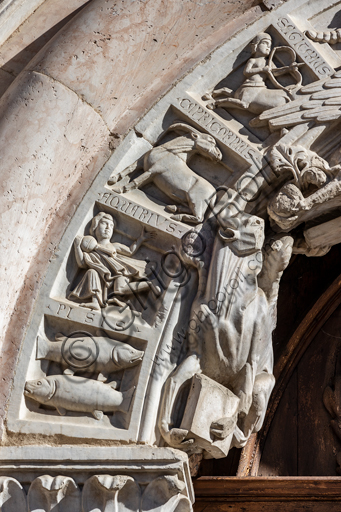
Foligno, Cathedral of St. Feliciano, the façade: the entr...
add to lightbox
21404_4988.jpg
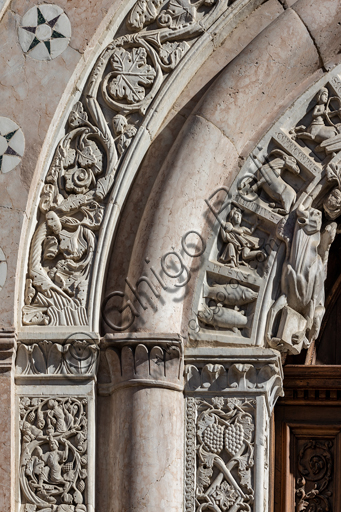
Foligno, Cathedral of St. Feliciano, the façade: the entr...
add to lightbox
21404_4986.jpg
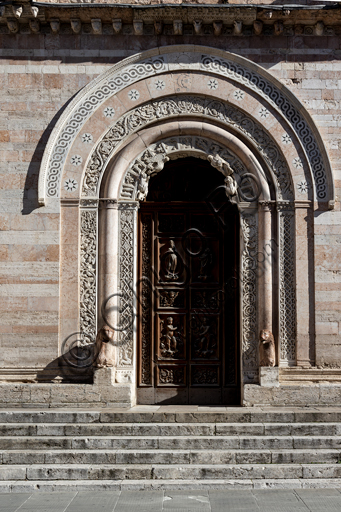
Foligno, Cathedral of St. Feliciano, the façade: the entr...
add to lightbox
21404_4979.jpg
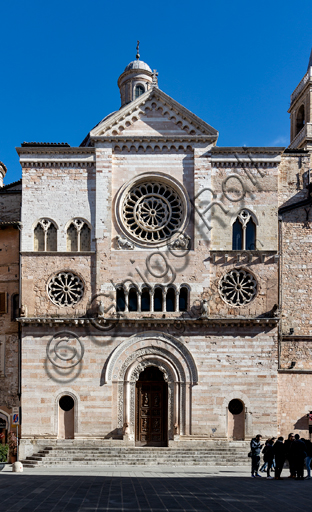
Foligno, the Cathedral of St. Feliciano: the façade with t...
add to lightbox
21404_4974.jpg
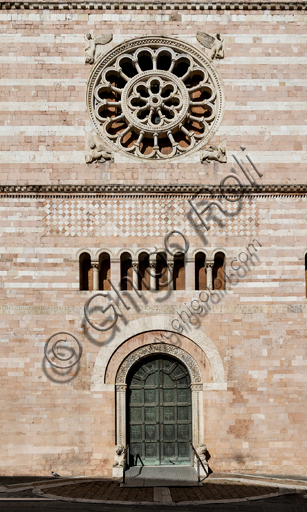
Foligno, Cathedral of St. Feliciano, the façade: detail of...
add to lightbox